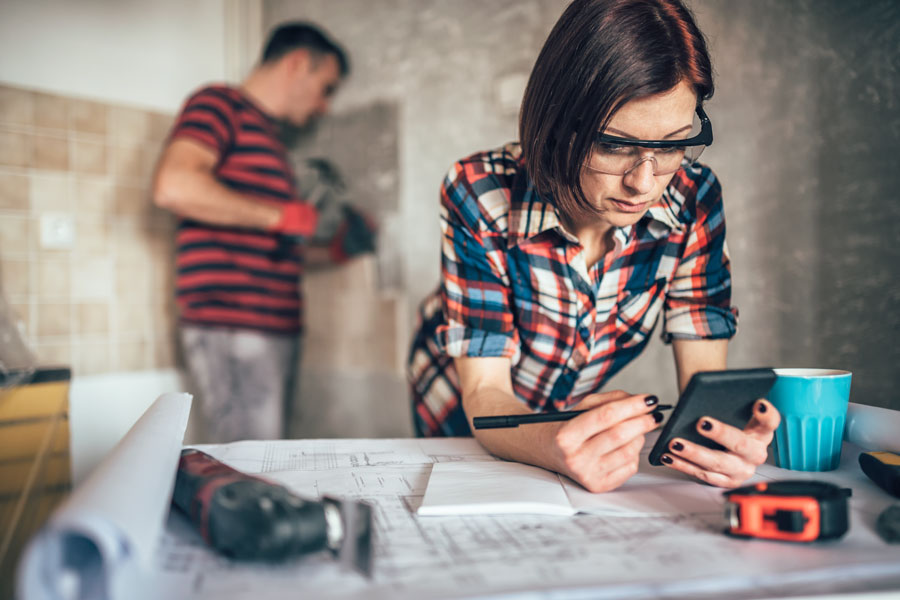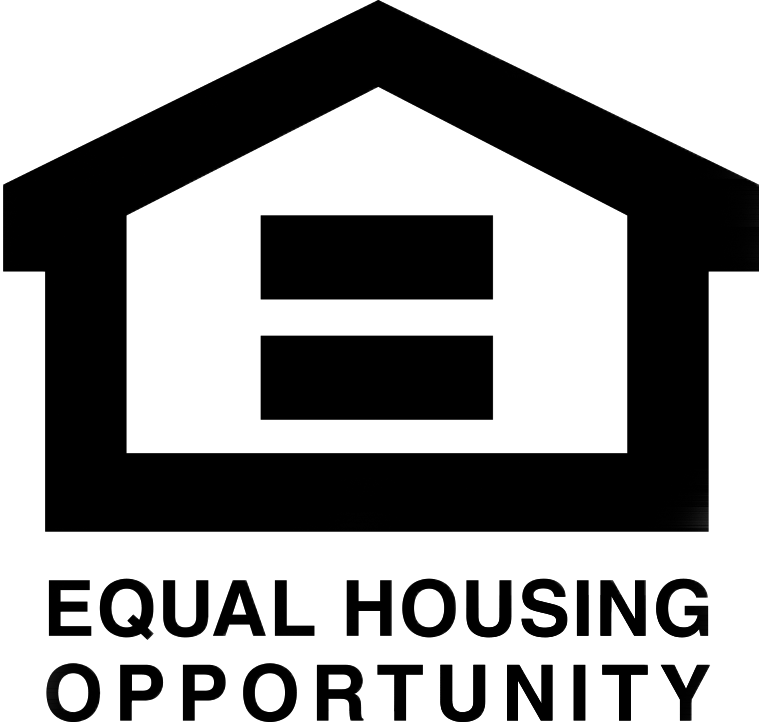Mortgage Rehab & Renovation Loans
An FHA 203(k) loan – which is also known under a variety of other names, including mortgage rehab loan, renovation loan, or Section 203(k) loan – is a type of loan that can be used to pay for both the purchase of a home and any renovations or repairs that it may need, all rolled up into a single mortgage.

For all intents and purposes a FHA 203(k) loan enables those who are looking to purchase a home that would be considered a “fixer-upper” requiring multiple repairs – including significant ones – to roll the cost of buying the home and the funds needed to effect its renovation into a single loan. In addition, those who are already homeowners can apply for a FHA 203(k) loan and, if approved, can use those funds to refinance their property and pay for upcoming repairs through a single mortgage.
So, if you are in the market for a home and have found one that may require serious repairs and/or enhancements, a FHA 203(k) loan may be just what you were looking for to make your dream of home ownership come true.
An FHA 203(k) loan is backed by the Federal Housing Administration (FHA), can take the form of a 15-or-30-year fixed-rate mortgage or adjustable-rate mortgage (ARM), and covers both the cost of any given property and subsequent repairs; the funds can be used for both materials and labor costs, and overall the loan may present a more cost-effective way to pay for your home improvement projects.
Since an FHA 203(k) loan is insured by the government, it may be easier to acquire than a conventional home loan, as there are more flexible qualification terms and requirements; however, as whenever a loan of any type is taken out, there are certain base qualification standards that must be met, such as income, credit history, credit score, debt-to-income ratio, and other factors.
Also, it’s important to remember that when you take out an FHA 203(k) loan, any work associated with that project must be started within 30 days of closing the loan and completed in no more than 6 months time.
There are several variations to the FHA 203(k) loan; one of them is the streamline 203(k) loan, or limited loan, which is most often used for homes that may require fewer repairs than typically covered by a FHA 203(k) loan. In addition to the cost of purchasing the house, a streamline 203(k) loan also offers up to a maximum of $35,000 towards any renovations that the property may need; there is no minimum cost requirement for the repairs. The process of applying for a streamline 203(k) loan can usually be easier and less complicated due to the fact that the borrower is taking out loans for small amounts of money. However, it’s important to keep in mind that this type of loan is not going to be able to cover serious home renovations, such as major structural repairs.
However, a standard 203(k) loan allows the borrower to greatly exceed the streamline 203(k) loan’s $35,000 barrier for renovations, and it can be used to cover major structural repairs. But unlike a streamline 203(k) loan, a standard 203(k) loan imposes a minimum of $5,000 on renovations, and a U.S. Department of Housing and Urban Development (HUD) consultant is required to be hired to oversee the project and renovation process and to ensure that whatever repairs are carried out strictly adhere to government codes, rules and guidelines.
A FHA 203(k) loan can be used for a variety of purposes when it comes to repairing and renovating your home, including both structural and cosmetic items. Some of the ways the renovation funds can be used include:
- Improving a home’s curb appeal
- Installing or repairing roofing and flooring
- Making a home more energy-efficient
- Fixing any health or safety hazards
- Enhancing a home’s accessibility or functionality
- Overhauling plumbing and waste systems
- Redoing landscaping and groundwork
- Repairing or renovating gutters and downspouts
- Making changes that improve or modernize a home’s appearance
However, there are limits on what does and does not qualify as acceptable use of FHA 203(k) loan when it comes to home renovations. Luxury items such as a swimming pool, hot tub, outdoor fireplace, satellite dish, or BBQ pit would not qualify under the loan’s terms. Typically, a FHA 203(k) loan must upgrade or enhance the actual functioning or attractiveness of the property; anything else will not be covered.
In addition, certain property types cannot be purchased via a FHA 203(k) loan, such as properties that combine residential and commercial space (known as “mixed-use” properties) and co-ops. It’s important to do research before applying for an FHA 203(k) loan to make sure it will cover exactly what you want and need.
As for the qualifications for a FHA 203(k) loan, they are not much different from a conventional loan, but with a bit more leeway; potential borrowers are required to meet certain minimum requirements, including:
- A minimum down payment of 3.5 percent for those with a credit score of 580 or above, and 10 percent for those with a score lower than that
- The property must be intended to be the borrower’s primary residence.
- Repairs and renovations cannot be carried out by the borrowers; they must be performed by a contractor.
Borrowers will also need to work with an FHA-approved lender, and as part of the application process they will need to produce documentation that confirms their identity, verifies their income and debts, and confirms their credit score.
An FHA 203(k) loan, as stated above, can also be utilized to refinance your home; if you currently own a property and would like to rehabilitate it, you can refinance a current mortgage into a 203(k) loan much in much the same way that you would with a typical refinancing, although the additional requirements listed above would normally apply as well.
If you are approved for a FHA 203(k) loan for the purposes of refinancing your home, a portion of the sum of the loan will go towards paying off any outstanding balance on your existing mortgage; the remaining funds will be held in escrow until repairs are complete in order to pay for them.
It is also possible to refinance a preexisting FHA 203(k) mortgage under the terms of the FHA streamline program as well, which may help you obtain a lower interest rate that leads to lower monthly payments.
Should you qualify for and elect to proceed with an FHA 203(k) loan, you’ll also find that a portion of sums borrowed will go towards paying off the outstanding balance on your existing mortgage. Any remaining funds will be held in escrow until repairs are complete and they’re applied to paying off these bills. Likewise, if you already have a preexisting FHA 203(k) mortgage, you can refinance it under the terms of the FHA streamline program as well. Doing so may help you obtain a lower interest rate that leads to lower monthly payments.
As with anything in life, there are pros and cons to utilizing FHA 203(k) loans:
Pros
- Lower credit score and down payment requirements
- Can provide temporary housing while a home is being repaired
- Smaller interest rates than other loan type
- Ability to combine home purchase and renovations into single loan
- Low down payment and credit score requirements
Cons
- Requires an upfront mortgage insurance premium (MIP)
- Application process can take a lot of time and paperwork to complete
- FHA 203(k) loans cannot be used for investment properties
- Mortgage insurance is required
- Projects may require you to hire and work with a HUD consultant
Closing costs associated with a FHA 203(k) loans normally compare to other kinds of alternate mortgages and refinancing, and go towards expenses such as appraisals, inspections, lender origination, title search and insurance, credit reporting, property surveys and more.
So, if you’re looking for an affordable way to refinance or remodel your home, an FHA 203(k) loan may present you with an excellent option to do so, but just be sure to conduct some research first to make sure this type of loan is right for you.

